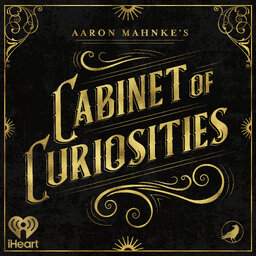Rooting for Freedom
Two curious women, two curious tales. Following them on their journeys will be the highlight of your day.
Pre-order the official Cabinet of Curiosities book by clicking here today, and get ready to enjoy some curious reading this November!
 Aaron Mahnke's Cabinet of Curiosities
Aaron Mahnke's Cabinet of Curiosities


